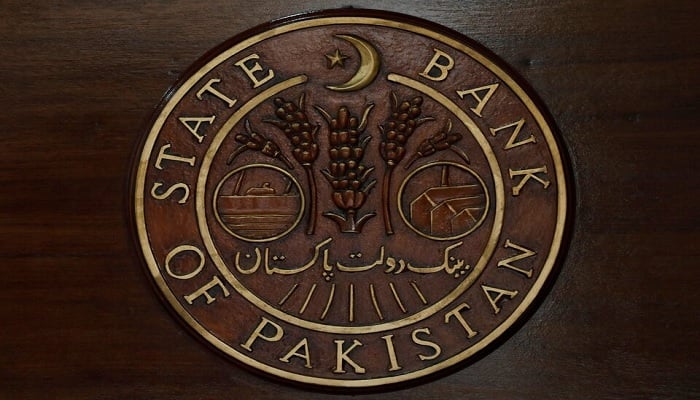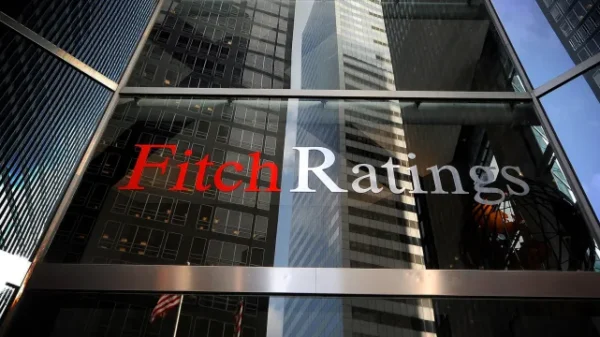The Monetary Policy Committee (MPC) of the State Bank of Pakistan (SBP) stated that its current stance is suitable for achieving durable price stability by keeping inflation within the target range. On Monday, the SBP cut the key policy rate by 250 basis points (bps) to 15%, exceeding market expectations by at least 5%. This marks the fourth consecutive reduction as inflation remains in single digits through October.
Analysts and independent economists widely anticipated further cuts in the key interest rate, as policymakers aim to revive a fragile economy amid declining inflation from recent record highs. The MPC noted that inflation has decreased faster than expected, approaching its medium-term target range in October. “The tight monetary stance continues to play a vital role in sustaining the downward trend in inflation,” the committee observed.
During the meeting, the MPC attributed the decline in inflation to significant drops in food prices, favorable global oil prices, and the absence of expected adjustments in gas tariffs and Petroleum Development Levy (PDL) rates in recent months.
According to the statistics bureau, the average consumer price index inflation in Pakistan is currently 8.7% for the fiscal year that began in July. The International Monetary Fund (IMF) projects inflation to average 9.5% for the year ending in June.
While the economy shows signs of gradual recovery, and inflation has sharply fallen from a multi-decade high of nearly 40% in May 2023, analysts argue that further rate cuts are necessary to support growth. October’s inflation rate was reported at 7.2%, slightly above the government’s expectation of 6% to 7%. The finance ministry anticipates inflation will further decline to between 5.5% and 6.5% in November.
However, some analysts warn that inflation may rise again in 2025, driven by increases in electricity and gas prices following a new $7 billion IMF bailout, as well as the potential impact of taxes on the retail, wholesale, and agricultural sectors set to take effect in January 2025.
Considering the inherent risks, the MPC believes that near-term inflation may remain volatile before stabilizing within the target range. The committee highlighted key factors affecting the macroeconomic outlook: the IMF’s EFF approval has reduced uncertainty; surveys in October showed improved confidence and lower inflation expectations; government yields and KIBOR have fallen; however, tax collection has missed FY25 targets; and global prices for oil, metals, and agriculture have risen amid geopolitical tensions.
The MPC expressed that the current monetary policy stance is appropriate to achieve price stability sustainably, maintaining inflation within the 5-7% target range. “This will also support macroeconomic stability and facilitate sustainable economic growth,” the statement added.
Although specific revised figures were not provided, the bank anticipates that average inflation for the fiscal year ending in June 2025 will be significantly lower than the previous forecast of 11.5% to 13.5%, with GDP growth for the current fiscal year expected to exceed earlier estimates but still remain within the targeted range of 2.5% to 3.5%.
Adnan Sheikh, assistant vice president at Pak Kuwait Investment Company, noted that the larger-than-expected cut indicates a rapid easing of inflation. He emphasized the importance of this reduction for sectors like manufacturing, consumer goods, construction, and textiles, which are currently operating below optimal capacity, especially as purchasing power for ordinary citizens has declined following a prolonged period of high inflation.
Since June, the central bank has reduced the benchmark policy rate from an all-time high of 22% to 15%, following a series of cuts, including a 200 basis point reduction in September.
Most respondents in a recent Reuters poll expected a 200 bps cut after inflation sharply declined from its multi-decade high. Economic activity has stabilized since last summer when Pakistan came close to defaulting, aided by an eleventh-hour bailout from the IMF.
In its latest report, the IMF projected Pakistan’s GDP growth at 3.2% for the fiscal year ending in June 2025, an increase from 2.4% in fiscal 2024, citing the country’s steps to restore economic stability through consistent policy implementation under the 2023-24 standby arrangement.










